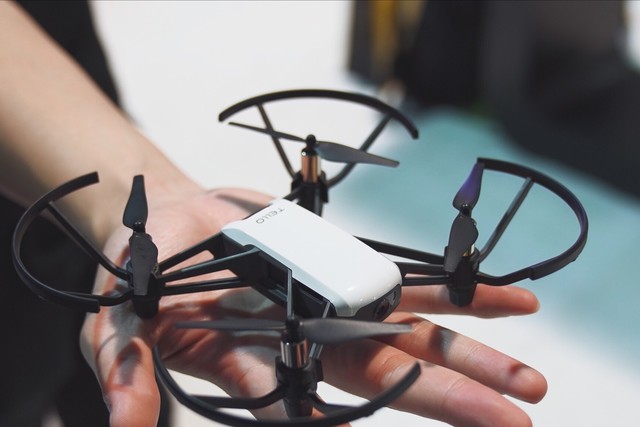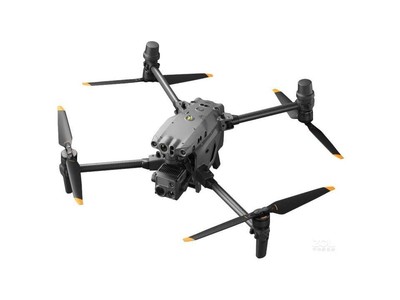Drones, also known as unmanned aerial vehicles (UAVs), have revolutionized numerous industries with their versatile applications and advanced technologies. Understanding what drones are involves exploring their various uses, types, and functions. These devices are not just flying gadgets; they’re sophisticated tools capable of performing diverse tasks. From aerial photography to military operations, drones are increasingly becoming integral to modern tech solutions.

What Makes Drones Essential?
Drones are equipped with several components that enable them to operate efficiently. They include GPS navigation systems, cameras, sensors, and sometimes, sophisticated AI capabilities. GPS navigation ensures precise positioning and autonomous flight patterns, while cameras and sensors provide valuable data collection and imaging.
Types of Drones
The drone market offers a wide range, catered to different needs. These include:
- Consumer Drones: Mainly used for recreational purposes, such as photography and hobby flying.
- Commercial Drones: Designed for specific industries like agriculture, logistics, and construction.
- Military Drones: Utilized for surveillance, reconnaissance, and targeted attacks.
- Racing Drones: Built for speed and agility, often used in competitive racing.
- Hybrid Drones: Combining multiple technologies, capable of VTOL (Vertical Take-Off and Landing) and long-range operations.
Each type has its unique set of features, making them suitable for various tasks and industries. For example, agricultural drones help farmers monitor crops with precision, while commercial drones assist in fast-paced delivery systems.
Functions and Capabilities
Drones perform several key functions:
- Aerial Surveying: Accurate mapping and analysis in real-time.
- Photography and Videography: Capturing stunning aerial shots and videos.
- Delivery Services: Efficient transportation of goods over short distances.
- Environmental Monitoring: Tracking wildlife, analyzing habitats, and observing weather patterns.
- Security and Surveillance: Providing advanced surveillance capabilities for both civilian and military applications.

Advanced Technology Integration
Modern drones integrate technology like machine learning and AI, enhancing their ability to make autonomous decisions. This integration expands their functionalities to include automated flight adjustments and complex task execution, making them invaluable in scenarios where human intervention is limited.
Drones in Everyday Life
Drones are now part of everyday life, involved in aerial photography, real estate marketing, and even helping emergency services with critical missions. Their ability to reach inaccessible areas quickly and provide vital visual information proves their effectiveness in solving real-world problems.
Moreover, advancements in battery life and flight control systems allow drones to operate for longer durations with increased stability, further broadening their applications.
Common Queries
How do drones navigate autonomously? Drones utilize GPS systems and onboard sensors to establish their location and follow pre-set flight paths without direct human control.
What regulates drone usage? Each country has specific regulations, often managed by aviation authorities, to ensure safety and privacy in airspace.
Can drones be hacked? Like any technology, drones can be hacked if not properly secured. Implementing encryption and secure communication channels are essential for risk mitigation.